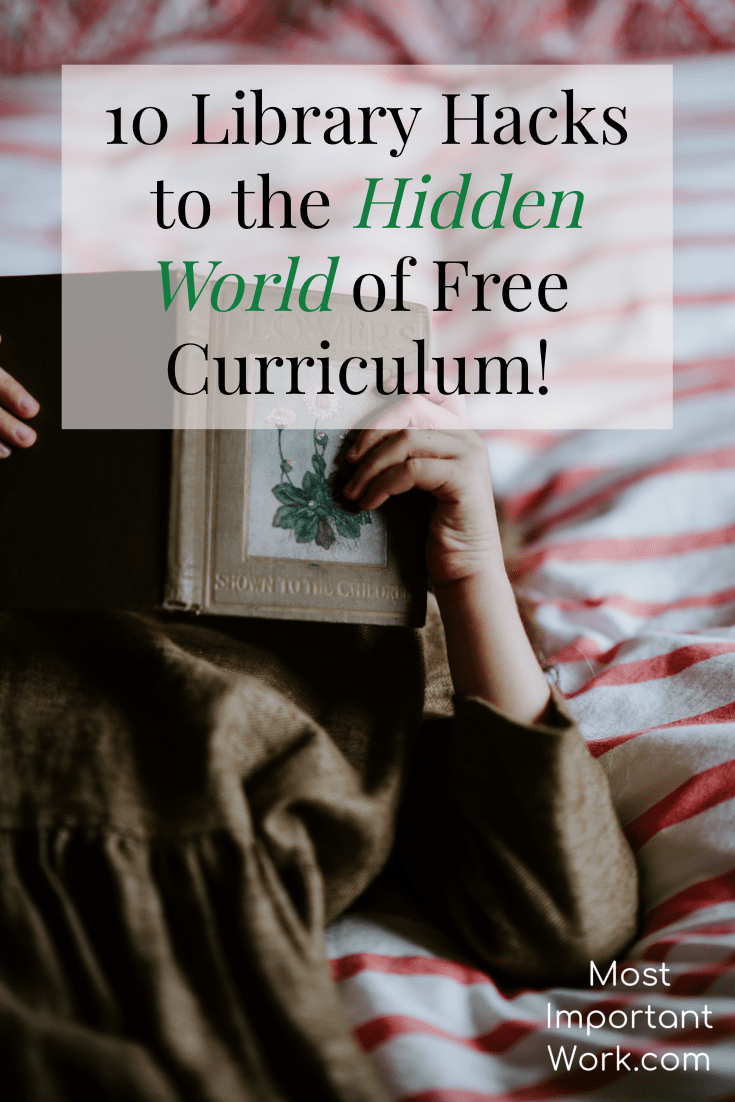
How to Be Present with Jesus this Christmas
Reading Time: 4 min 53 sec
Children learn experientially and as parents we need to provide ways for them to not only know about, but also to experience a relationship with Jesus. We are going to be talking about 20 Kid-Friendly ways your family can EXPERIENCE the heart of Jesus this Christmas.
We want our children to not only understand, but internalize the reason for the Advent Season, that it’s all about Jesus. His lavish love for his children, His humility as He laid aside His rights to come to earth as a baby, and His ultimate sacrifice on the cross.
Christmas Day is a culmination of the Advent season where we join together in celebration of the birth of Christ. So how do we provide ways for our children to experience the birth of Christ? The foundation for experiencing God is all about the relationship, not the activities.
I would encourage you to enter this season with intention to spend time in God’s presence, not by doing, but just being. When you spend time with Jesus, you model your values and priorities instead of just talking about them. Your active relationship with Jesus is more powerful than any activity for your children.
Traditions and symbols help remind us to look up
and notice God at work in and around us.
The advent season can be supplanted by the hurry and flurry of activity but what I want to encourage you to do is to prayerfully create or participate in a couple (not all) of activities that focus turn your focus on Jesus. These activities are not just about making family memories, but its a way to actively engage in the heart of God.
Here are some practical ways to be present as a family this Christmas with the One who is ever present with us.
- Visit a Living Nativity
Check your local parenting website/group for info on living nativities near you.
2. Eat a Mediterranean Meal
While you are eating talk about what types of foods Mary, Joseph, and Jesus ate (Ideas: Lentil Stew, bread, fruit, olives, grapes, vegetables, beans, fish).
-
Light an Advent Candle each Sunday
Take time each week to gather everyone together to light a candle and pray. This will become a meaningful tradition as your family experiences setting aside time to focus on the meaning of Advent.

-
Play with the Nativity Set
This is HUGE! Play is the way children engage with the characters and internalize the truth of the nativity.
-
Anticipate Christ’s Birth-Advent Calendar
Grab the directions to my favorite beautiful but simple advent calendar above.
-
Listen to Handel’s Messiah
Listen to Handel’s Messiah part one, it is about Isaiah’s prophecies of a coming King and the shepherds hearing about the birth of Christ
-
Read an Advent Picture Book Each Day
Wrap 24 books and place under the tree or in a basket. Have your child unwrap a different Christmas book every day.
Here are some suggestions:
1. Song of the Stars by Sally Lloyd-Jones
2. Who is Coming to Our House – Joseph Slate
3. Mortimer’s Christmas Manger- Karma Wilson
4. The Little Drummer Boy – Ezra Jack Keats
5. The Christmas Miracle of Jonathan Toomey – Susan Wojciechowski
6. The Crippled Lamb – Max Lucado
-
Craft a Shining Star
Hang the star in each child’s room as a reminder of Jesus’ birth. Grab cardboard, acrylic paint or tape, and glitter. This activity can be as simple or fancy as you desire. This is a very hands-on way for your children to interact with the story.
-
Watch a movie of Christ’s Birth
Snuggle under some blankets and watch the story of Jesus birth unfold. Here are two of my favorite Christmas movies:

-
Learn about Christmas
Buck Denver Asks: Why Do We Call It Christmas? This film is a fun way to learn about the origins of Christmas traditions. I have shown the film to elementary through middle school students and they really enjoyed it.
-
Reenact the Christmas Story
Grab some pillowcases, sheets, and rope and Voila! Let your kids get creative.
-
Read some Christmas Poetry
Drink some hot chocolate and listen or take turns reading aloud Christmas Poetry. “The Nativity” G.K. Chesterton or Advent poems by Emily Dickinson
-
Learn & Sing Christmas Hymns & Carols
This is another practical way for children to turn their eyes towards Jesus during the Christmas season. Unless we are intentional about teaching our children will most likely not learn the lyrics to Christmas Hymns and carols unless they learn it at church (which is only a couple times a year). Suggestions: Oh Holy Night, Silent Night, Gloria, Joy to the World, Hark the Herald Angels Sing.
14. Memorize Mary’s Song
Luke 1:46-55 is such a beautiful and joyful passage to memorize.
Mary’s Song
And Mary said: “My soul glorifies the Lord and my spirit rejoices in God my Savior
for he has been mindful of the humble state of his servant.
From now on all generations will call me blessed,
for the Mighty One has done great things for me—holy is his name.
His mercy extends to those who fear him,
from generation to generation.
He has performed mighty deeds with his arm;
he has scattered those who are proud in their inmost thoughts.
He has brought down rulers from their thrones
but has lifted up the humble.
He has filled the hungry with good things
but has sent the rich away empty.
He has helped his servant Israel,
remembering to be merciful
to Abraham and his descendants forever,
just as he promised our ancestors.” (NIV Translation)
-
Reflect on the Advent Bible Passages
Start with Matthew 1, Luke 1, Isaiah 40:9-11.
-
Create Pictures of the Nativity or Advent Symbols
You can print off coloring pages (the internet has tons) or create your own masterpieces. (Draw, color, paint, or collage)
-
Be Present with God
Spend some time in silence and reflection just being present with God, away from the chaos. Everything else flows out of time spent in God’s presence. Light a candle as a tangible reminder of Gods presence with us and in us.
-
Collect Gifts for Others in Need
I love this super-practical way of opening my children’s eyes to the needs of those around them. Check out Compassion International, Operation Christmas Child, or Angel Tree for ways to show the love of Jesus to others.
-
Bake Jesus a Birthday Cake
This tradition helps to refocus our attention on Jesus on a day when it could be all about gifts. My children discuss in great detail what kind of cake Jesus might like weeks in advance. Let your children pick and prepare the cake for Jesus. You can light candles and sing happy birthday on Christmas day.
-
Hide Mary and Joseph
This is another fun way to interact with Mary and Joseph’s journey to Bethlehem. Move Mary and Joseph peg dolls to a different spot around the house each day. Your child will find great delight finding where Mary and Joseph have ended up each day. After your child finds the dolls, talk about what it must have felt like to be Mary & Joseph. (You can buy a male/female peg figure for $2 at a local craft store)
What about you? What are your Favorite ways to gifts experience Jesus during Advent? Please feel free to leave me a comment and don’t forget to follow Most Important Work on Pinterest!
Interested in Going Deeper?
[/et_pb_text][/et_pb_column][/et_pb_row][et_pb_row column_structure="1_3,1_3,1_3" _builder_version="4.16" global_colors_info="{}"][et_pb_column type="1_3" _builder_version="4.16" global_colors_info="{}"][et_pb_image src="http://mostimportantwork.com/wp-content/uploads/2020/02/Christmas-in-Your-Homeschool-link-up-min.jpg" url="https://rockyourhomeschool.net/celebrate-christmas/" url_new_window="on" _builder_version="4.16" global_colors_info="{}"][/et_pb_image][/et_pb_column][et_pb_column type="1_3" _builder_version="4.16" global_colors_info="{}"][et_pb_image src="http://mostimportantwork.com/wp-content/uploads/2020/02/Christmas-Planning-Freddies-Mummy-UK-min.png" url="https://freddiesmummyuk.com/christmas-planning/" url_new_window="on" _builder_version="4.16" global_colors_info="{}"][/et_pb_image][/et_pb_column][et_pb_column type="1_3" _builder_version="4.16" global_colors_info="{}"][/et_pb_column][/et_pb_row][/et_pb_section]

















